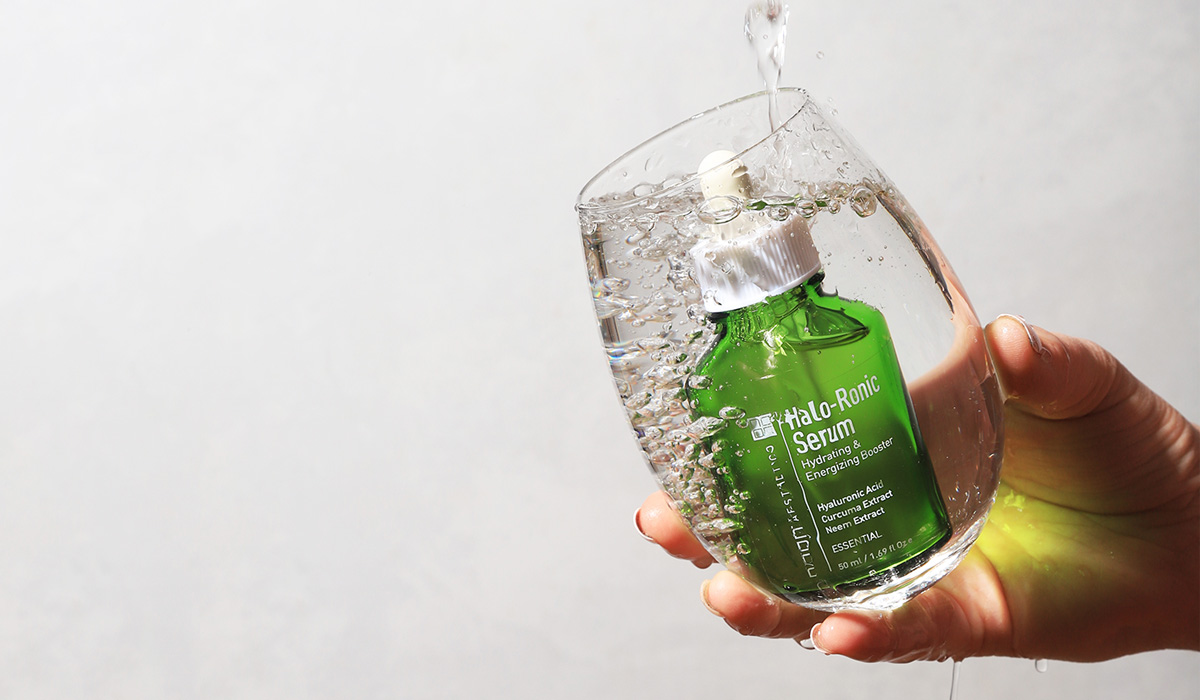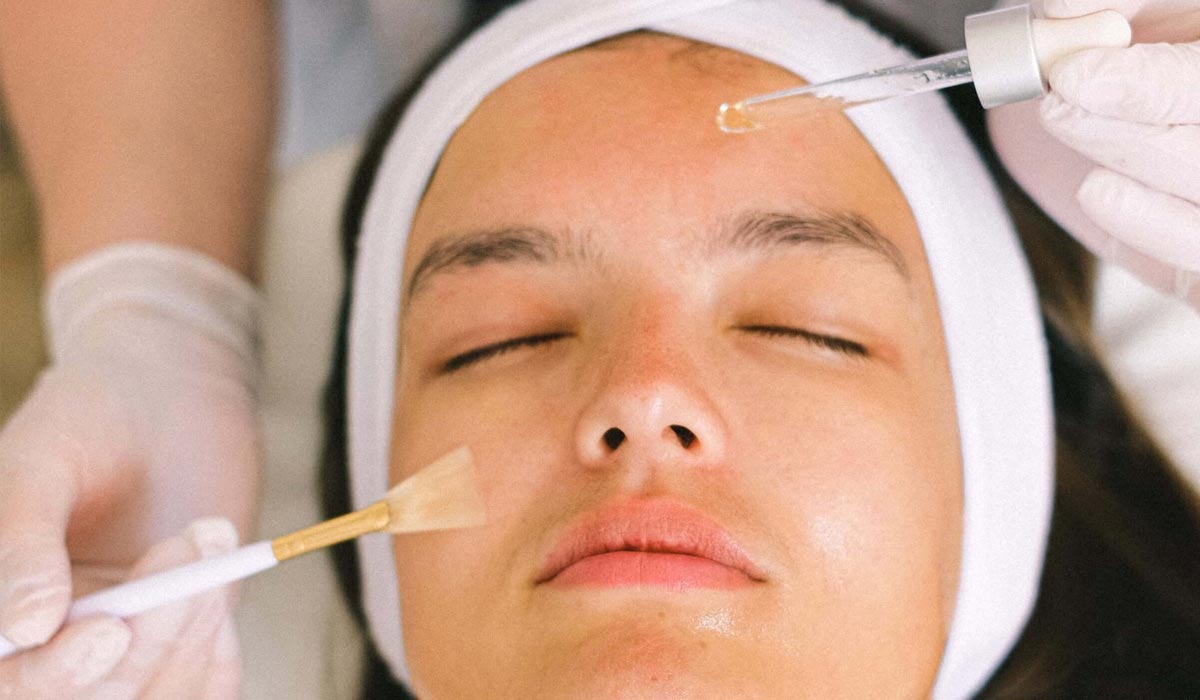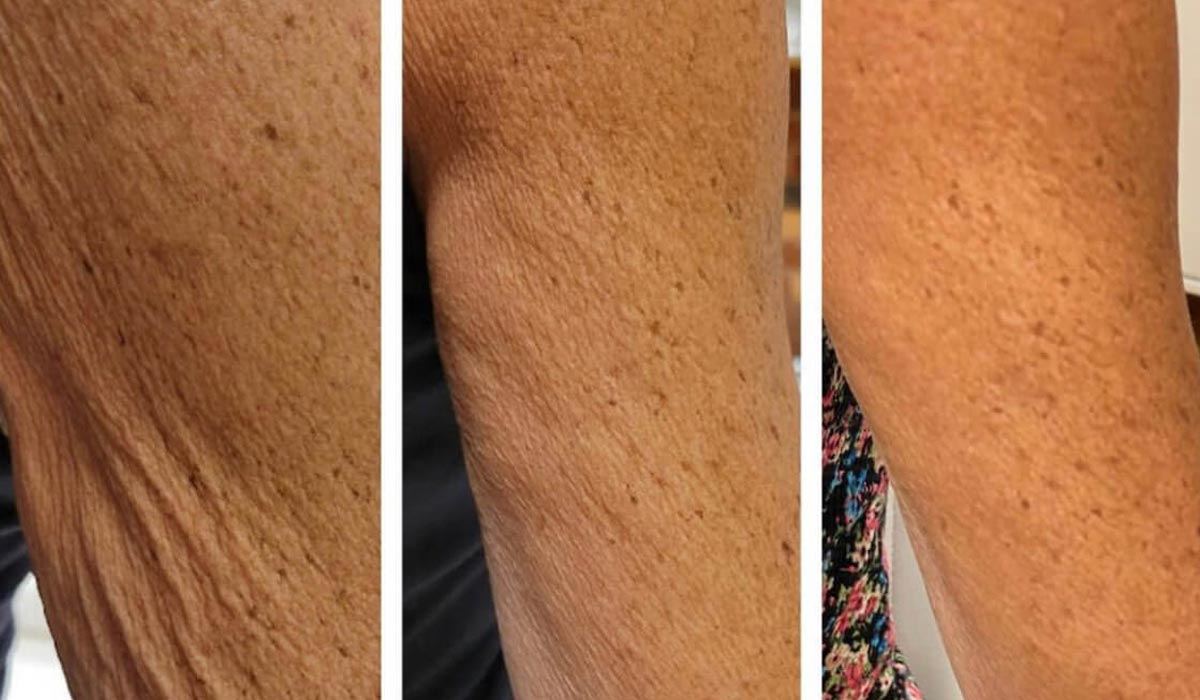Botox Uncovered: How It Stands Against Other Neurotoxins in the Market

A Comprehensive Guide to Botox and Its Place Among Neurotoxins: Eponym or Brand?
Botox is a term that many people have encountered, whether through media, social discussions, or shows like “Keeping Up with The Kardashians.” It has become a household name, but not everyone is clear on its purpose or applications. Unlike other proprietary eponyms such as Kleenex or Chapstick, where the use and product are well understood, Botox remains somewhat enigmatic to many. (For instance, a colleague once thought Botox was the substance used for lip fillers—definitely a topic for another day! 😉)
Regardless of how one describes it, Botox is widely recognized as an injectable treatment for cosmetic purposes. However, did you know that since Botox’s inception, several similar medications have emerged and are now commonly used by cosmetic injectable providers? The evolution of Botox, along with its successors, presents a fascinating story.
History of Botox for Cosmetic Use
Botulinum toxin is produced by the bacterium Clostridium botulinum, which has been shown in medical studies to cause muscle paralysis. Discovered in the 1920s, researchers sought to isolate the toxin and explore its medicinal benefits. Significant research progress began in the 1970s, focusing on its potential to treat strabismus (crossed eyes). During testing, researchers found that botulinum toxin also reduced wrinkles in the glabella (the area between the eyebrows). In 1989, Allergan became the first company to license this injectable medication for treatment, branding it as Botox. Since then, Botox has received multiple FDA approvals for various medical and cosmetic uses, including conditions like hyperhidrosis, migraines, and glabellar lines, with approvals spanning from 1989 to 2013.
Allergan has been the leader in FDA approvals for the cosmetic use of botulinum toxin since 2002, firmly establishing its presence in the cosmetic injectable market. According to the most recent report, the number of neuromodulator injections (including Botox, Dysport, Xeomin, and others) rose to nearly 9.5 million procedures in 2023, marking a 9% increase from 2022.
America’s Top Plastic Surgeons
This growth indicates a continued and robust interest in these treatments, reflecting advancements in technology and patients’ prioritization of budget-friendly procedures with minimal recovery time.
Botox Cosmetic: A Leading Brand
For many years, Botox Cosmetic was the undisputed leader in botulinum toxin cosmetic injectables until the introduction of two new products in 2009 and 2010. Dysport, developed by Ipsen Biopharmaceuticals, received FDA approval in 2009. In 2010, Merz Pharma launched Xeomin, a third botulinum toxin product comparable to Botox.
In recent years, two additional competitors have entered the market: Jeuveau and Daxxify. Jeuveau, developed by Evolus and FDA-approved in 2019, aims to establish itself as a modern alternative to Botox, specifically designed for cosmetic use. The name “Jeuveau,” meaning “new” in French, emphasizes its fresh approach to aesthetic enhancements. Daxxify, developed by Revance Therapeutics and approved in late 2022, has garnered attention for its extended duration of effect, reportedly lasting up to six months. This, however, is still being tested in actual clients and anecdotal information from our colleagues in the market trying Daxxify with clients, believe the jury is still out on it’s longevity claims.
Despite these developments, Botox Cosmetic still maintains a significant market share, currently estimated at around 48.4% in the United States. This shift in market dynamics reflects growing competition, yet Botox remains the most recognized and generic name associated with cosmetic injectables.
Market Position and Trends
The entry of Jeuveau and Daxxify has intensified competition, with Jeuveau gaining popularity among younger patients and Daxxify appealing to those seeking longer-lasting results. The continued demand for these neuromodulators reflects shifting consumer preferences toward minimally invasive procedures. In 2023, nearly 25 million minimally invasive procedures were performed, with neuromodulator injections leading the way
What’s the Difference Between Botox, Dysport, Xeomin, Jeuveau, and Daxxify?
- Toxin Purity: Both Botox and Dysport contain a protein structure, which is not present in Xeomin. This makes Xeomin the purest form of botulinum toxin. While it is rare, the protein additive in Botox can cause immune reactions, leading to reduced efficacy over time for some patients. Therefore, Xeomin is often a suitable alternative for individuals who have developed a resistance to Botox.
- Surface Area Used: Dysport is available in a more diluted form, making it preferable for larger surface areas like the forehead, where the toxin can spread more easily. Conversely, Xeomin is more concentrated, making it ideal for precise, smaller treatment areas such as the glabella and crow’s feet.
- Speed and Duration of Results: Patients may notice quicker results with Dysport due to its more diluted and absorbable nature (within 48 hours). In contrast, optimal results for Xeomin and Botox typically appear within 7 to 14 days. Daxxify’s longer duration of effect can last up to six months, making it a compelling choice for those looking for less frequent visits.
What’s in a name?
As the owner of a medical aesthetic practice, I frequently face challenges in how to represent our wrinkle-relaxing treatments. Allergan is actively trying to prevent its trademarked name, Botox Cosmetic from becoming a generic term in the market. However, despite the changing market position, botox (used with a lower case ‘b’) remains the most recognized name, and during my research for this blog, I found it difficult to locate comprehensive trend reports without botox being referred to generically.
Many injectable providers have started using alternative terms to market their treatments to avoid potential legal issues. Common terms include neurotoxins, neuromodulators, wrinkle relaxers, and toxins, all in an effort to sidestep legal complications. Ultimately, Google reveals that the term “botox” remains the most searched. Allergan should take this as a compliment and let Botox join the ranks of eponyms like Kleenex, Chapstick, and Xerox!
Neurotoxins used at Rytualist
At Rytualist Aesthetics Bar, after three years of client experience with all four neurotoxins, we confidently choose to offer Dysport and Xeomin as our wrinkle-relaxers. Dysport has proven to be a solid choice for addressing stronger muscle movement, particularly with more mature clients and males. Xeomin is a fabulous option for new neurotoxin users and those looking for ongoing wrinkle prevention.
Additionally, the Allergan Alle rewards program isn’t the only gig in town, each neurotoxin brand has its own rewards program, allowing clients to maximize benefits and choose the option that suits them best. If you’re noticing early signs of aging or wish to prevent wrinkles by relaxing repetitive facial muscle movements, our neurotoxin treatments may be the perfect solution for you!
Book a medical evaluation with one of our skilled injection specialists, and we can create a personalized treatment plan tailored to your needs! Call 207.317.3570 or book online here.(make this an obvious link to https://rytualist.simplespa.com











